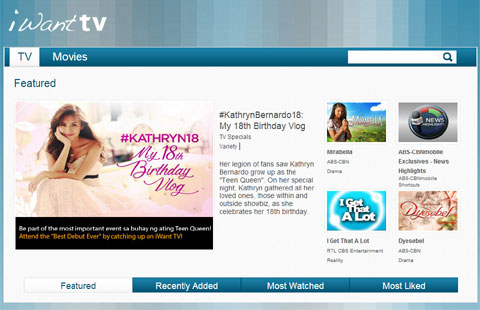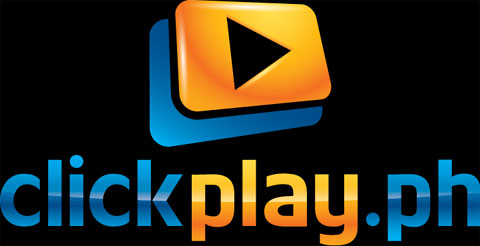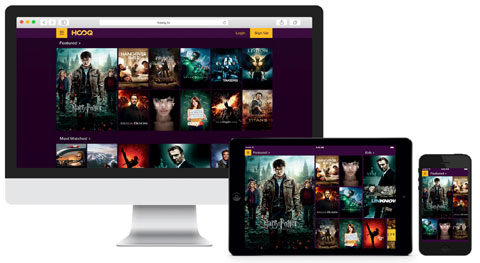If you’re not keen on using the current three online video on-demand services available, then you may want to check out Blink, an app that sprung out off the partnership between Solar Entertainment Corporation and the SM Lifestyle Entertainment group. We were recently invited to one of the app’s Free Movie Weekend events across the metro, where they are giving out free subscription passes (and popcorn!) for everyone who happens to sign up at that same period. Here’s a quick rundown on our experience with the app.

Registering is basically the same as filling out your own details, and clicking a one-time confirmation from your email. From there, you are given the choice to top-up your subscription by the use of scratch cards, E-Plus points, PayPal, get charged to your Smart or Sun bill, or even use your SM Advantage card credits. For iOS users, there’s also an option to pay via iTunes, and credit or debit cards for those who are on the web.

Once you’ve done all the basics and registered yourself in, you’re welcomed with a nice splash page of highlighted series and movies. Blink boasts that it does not only host unlimited movie and TV series content that range from original content not seen on theaters to those of Disney and ABC, but it also gives their users an option to rent out some of the more recent flicks, and order upcoming Pay-per-Views. There’s also a bit of restriction with the rented out movies, as detailed on the purchase page:
It will be available to you for 7 days, and you will have 48 hours to watch upon clicking PLAY. Remember, you can only stream within the Republic of the Philippines.

It also has on-the-dot content from the Solar Group’s live TV channels, including lifestyle channel ETC and sports network bTV. All of these content can be accessed both on their apps on Android and iOS, as well as on their website provided you have the necessary software installed.

Overall, the app feels fluid and well-done, and the stream is consistent. Each account can only accommodate up to 3 registered devices, which will be locked entirely to that user regardless of who is logged in. Streaming is been consistent both on mobile data and WiFi, and there are zero to a small number of issues we encountered when using the app.

Monthly subscriptions go for Php125 a month and a yearly sign-up goes at Php1188, with over-the-top movie rentals and pay-per-views starting at Php60 a title. You may check out their website for more information, and catch their Free Movie Weekend event until today at SM Calamba and SM Megamall.
The post Blink lets you stream and rent movies starting at Php125 a month appeared first on YugaTech | Philippines News & Tech Reviews.






